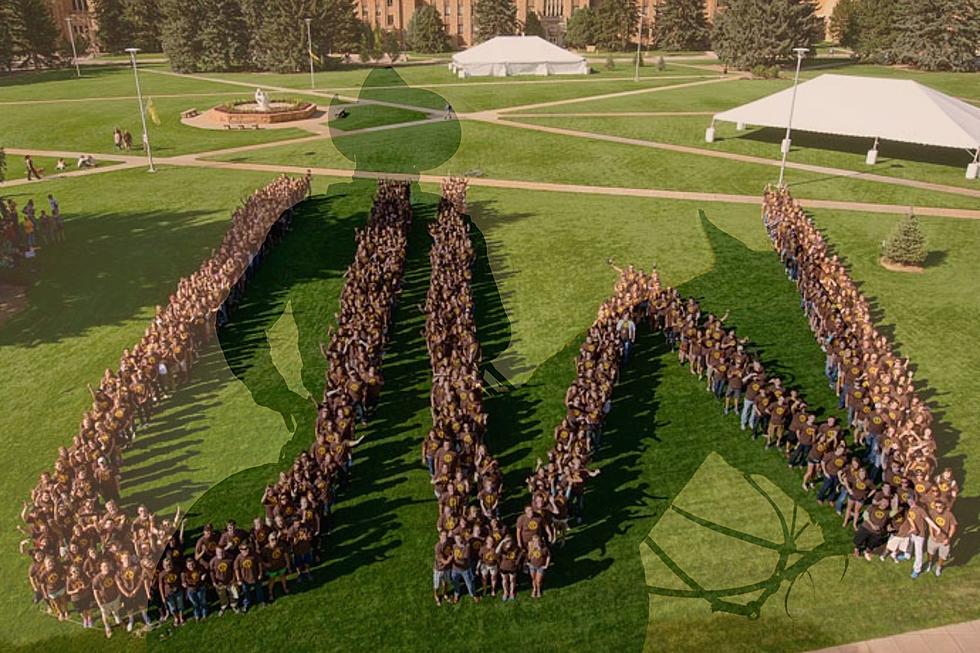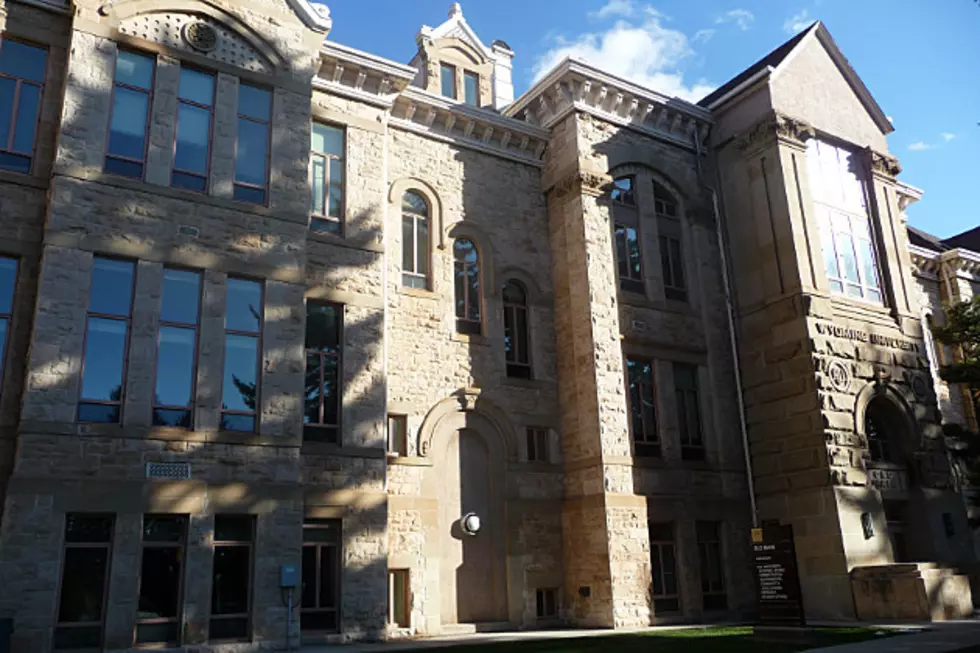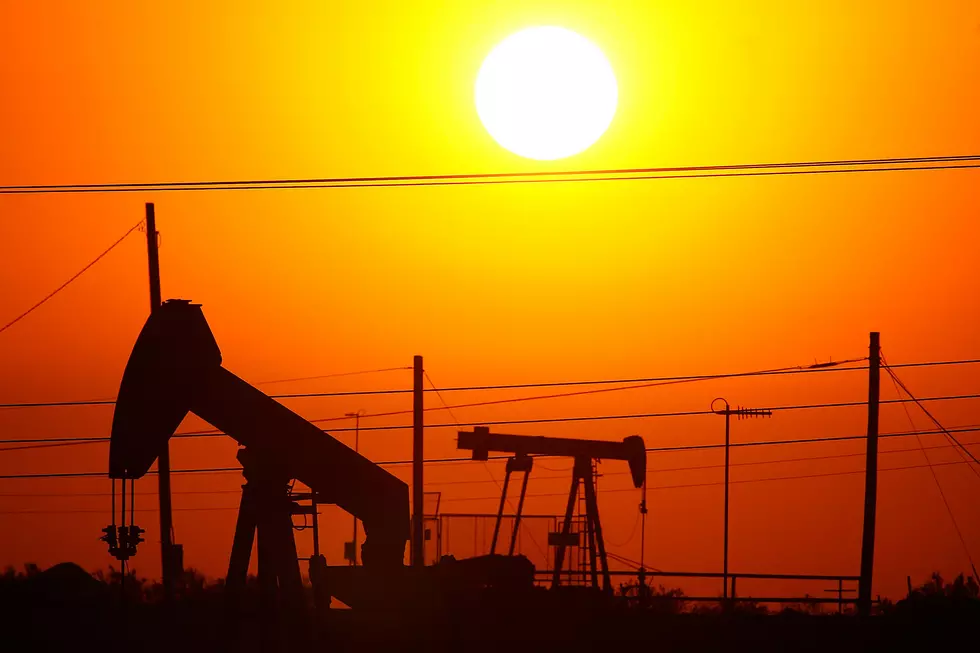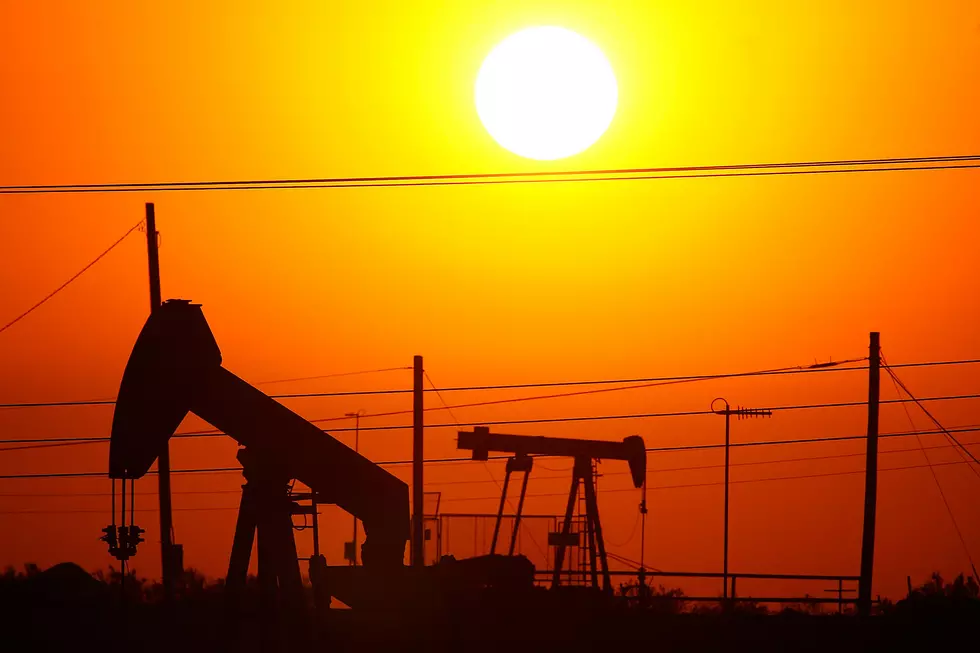
Energy Innovation Center Will Provide World-Class Capabilities
University of Wyoming researchers, students and industry will soon have world-class energy research facilities at their disposal when the Energy Innovation Center (EIC) opens in January.
The $25.4 million state-of-the-art research and collaboration facility will help the School of Energy Resources (SER) and its various centers of excellence -- including the Enhanced Oil Recovery Institute (EORI) -- realize their full potential in such areas as enhanced oil recovery, carbon management and advanced coal technology.
The EIC, funded through private donations and state matching funds, will include approximately 30,000 square feet of space, highlighted by 12,000 square feet of rapidly reconfigurable laboratory space. Located between 10th and 11th streets on the south side of Lewis Street, the facility will assist UW and the SER in its mission to ensure that Wyoming becomes a global leader in building a secure and sustainable energy future.
“Putting it to its optimum use will be most important,” says SER Director Mark Northam. “We’re really looking forward to seeing where we can go with this. The sky’s the limit once you have the facility. I’m very anxious to turn our faculty and students loose.”
The first wave of SER staff is expected to begin moving from the Bureau of Mines Building on campus into EIC offices Dec. 13. The EORI will be the first lab to relocate, but not until after Jan. 1, Northam says.
“I don’t think this building will be fully operational until early March. Lab work remains to be done,” Northam says. “We will be able to use most of the facility by mid-January. In all, we will have 25-30 people move there.”
A building dedication and ribbon-cutting ceremony are tentatively planned sometime in March, he says.
Encana Oil and Gas USA provided the largest private donation -- a $5 million commitment in 2007 -- that was matched by the state. Encana gifted another $2 million to UW for three new engineering research laboratories. The Encana Research Laboratory and the Encana Integrated Simulation Data Center in the College of Engineering and Applied Science are already open.
Neilson and Associates, BP America, Shell, Peabody Energy, Arch Coal, Anadarko, Marathon, Ultra Petroleum, Questar and ConocoPhillips are other major EIC and SER funding contributors.
The SER was created by the Wyoming State Legislature in 2006 to enhance the university’s energy-related education, research and outreach. The SER features nine centers of excellence dedicated to the study of enhanced oil recovery, carbon management, advanced coal technology, wind energy and other fields of energy research.
A Peek Inside
Key features of what is termed the “Technology Enterprise” portion of the EIC building include:
-- A 3-D Visualization Research Lab, which will be connected to the NCAR-Wyoming Supercomputing Center, located in Cheyenne. The lab will be able to create modeling of the subsurface to help oil and gas companies locate the best spots from which to extract minerals. Northam says the visualization center will resemble “a cave” where there are three vertical walls and a floor. Rather than viewing a screen in 3-D, researchers will feel as if they are actually immersed in the image, he says.
“This is becoming an important tool as our computing power increases,” Northam says. “The output information is so complex that, without visualizing it, it is hard to understand outcomes.”
It’s possible to include an engineer, geologist and driller in one 3-D visualization session, he says.
-- A Distance Collaboration Research Lab will have the capacity to provide real-time research and knowledge exchange with anyone anywhere in the world. This can include sharing a conversation or data in the classroom via a video conference from far away countries such as Australia.
“It will be video-conferencing on steroids,” Northam says.
-- A state-of-the-art teaching auditorium.
“Any of our technical labs can be ported to the classroom (auditorium) so students can participate in what is happening there,” Northam says. “This is very important for our undergraduate education.”
-- A Drilling Simulator Teaching Lab will provide UW students simulation experience with drilling rigs. The lab will eventually offer professional certification for drillers, Northam says.
The EIC also will include a number of rapidly reconfigurable research laboratories, meaning the space can be adjusted to fit the type of research conducted. These include:
-- An Advanced Reservoir Characterization Lab, which Northam dubbed “the world’s most advanced,” will be located on the third floor. Researchers and students will use the lab to study the physics of fluid flows in unconventional reservoir rocks, Northam says.
-- An Enhanced Oil Recovery Research Lab will be located on the second floor. Researchers will be able to take rock from oil reservoirs and conduct research on what makes oil move, Northam says.
-- An Advanced Coal Technologies Research Lab, located on the ground floor, will be used primarily to analyze and research coal conversion. Wyoming is the No. 1 producer of coal and the No. 2 producer of natural gas nationally, Northam says.
“This is the conversion of low-value fossil resources into higher-value products. That’s enhanced conversion,” Northam says. “In advanced conversion, we look at natural gas and coal as raw materials for manufacturing. For example, we can convert coal into jet fuel.”
In addition, the building will include student facilities for meeting, studying, advising and classes; office space for UW faculty and staff; and visiting professional offices for researchers from other universities and industry professionals.
The “hotel of offices” for visitors will include eight offices and another 20 cubicles in common areas. The accommodations are meant to allow visiting scientists from other universities and the private sector “to stay long-term -- from a couple weeks to a couple years -- and work with our faculty,” Northam says.
While Northam says he doesn’t anticipate any major research breakthroughs will occur right away in the EIC, he says that is certainly the hope.
“Breakthroughs that come from somebody’s curiosity are exactly what we’re looking for,” Northam says. “There’s an old saying that when fraternity brothers get together and say, ‘Hey, watch this,’ nothing good comes of it. We think, in this facility, that, ‘Hey, watch this,’ may be exactly what we’re looking for.”
Looking to become a core school
Northam hopes the EIC will allow UW to become a “core” recruiting school for energy companies when it comes to hiring. A core recruiting school is one where a company returns every year to seek new employees, and it’s an important designation for a school to achieve, he says.
“One of the signs that you’ve arrived within a sector is when one or more major players in a sector designate you as a core recruiting school,” Northam says.
He says Marathon Petroleum recently added UW to its “core” list on a trial basis. The company has been to campus this year to recruit UW students and has offered internships, he says.
He added a number of other energy companies recruit UW students, and not just in the area of petroleum engineering. The energy industry currently hires a number of UW graduates in chemical, civil and mechanical engineering; engineering systems, geology, geophysics, economics and finance.
More From Laramie Live









